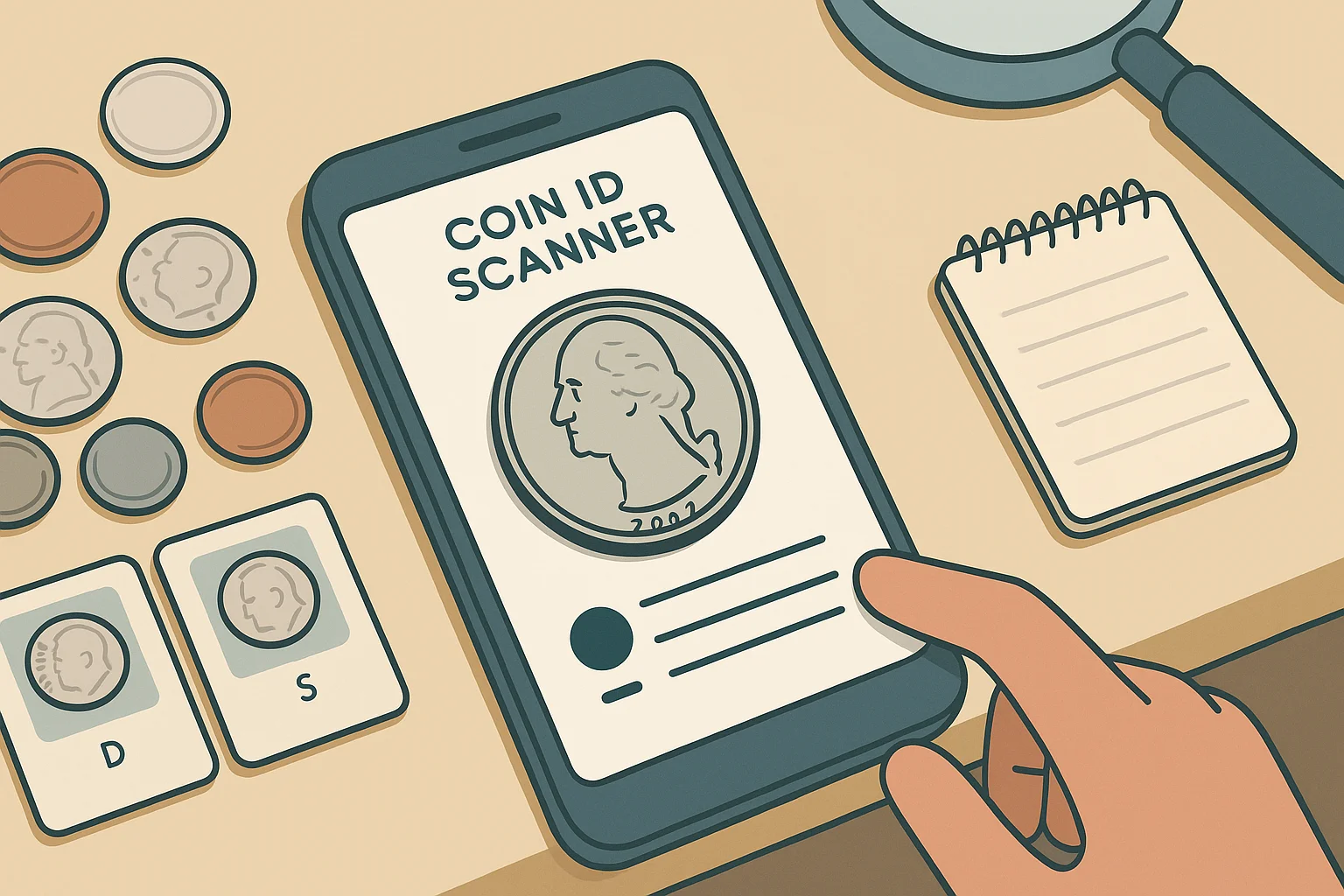Starting a collection of dimes is likely the easiest and most enjoyable way to become acquainted with the hobby of numismatics. Dimes are cheap, compact, and full of history with visual appeal and acoustic investment value. From the classic Mercury dime to the present-day Roosevelt coin and a 1965 dime, every one of the designs tells a slice of America’s history. For new collectors, the issue is not collecting but where to begin strategically.
Prior to purchasing, find out how collecting dimes works. The United States Mint has produced a number of dime series throughout history, and each series has distinct features, mint marks, and composition. Knowing the distinctions is key to identifying worth and building an orderly, meaningful collection.

1. Learning the Different Dime Types
Step one for new collectors is learning about the primary dime series. The most valuable are:
- Barber Dime (1892–1916): 90% silver; features classic Liberty Head design by Charles E. Barber.
- Mercury Dime (1916–1945): 90% silver; features Winged Liberty, symbolizing freedom of thought.
- Roosevelt Dime (1946–present): 90% silver prior to 1965, copper-nickel thereafter; issued in honor of President Franklin D. Roosevelt.
- Commemorative and Proof Dimes (variable by date): Silver or clad numismatic coinage, identified by their mirror finish mint strike and high quality.
The Mercury dime remains popular with collectors for appearance and artistry, but the original Roosevelt dimes are collected for their war-time significance and silver content. New collectors are best to start with the Roosevelt series—a key issue, cheap, and full of mint mark and condition rarities to pursue.
2. Start with Date and Mint Mark Sets
One excellent and easy way is to form a date-and-mint set—buying a single coin a year and each mint that produced it. With Roosevelt dimes, this will involve hunting for Philadelphia (no mint mark), Denver (D), and San Francisco (S) issues.
The 1946-1964 silver Roosevelt dimes are another area to begin. Not only do they contain intrinsic silver worth, but they also hold several semi-key dates, such as the 1949-S and 1950-S, which sell for premium prices in their best grades.
Once you’ve completed the first set, then it’s time to expand into the later clad issues, proofs, or mint errors. This disciplined approach keeps collecting in check while still leaving room for further expansion in the future.
3. Collecting Major Dates and Types
Even in widely collected dime series, there are some dates and mint marks which are rarities. Some of them:
- 1916-D Mercury Dime — The largest 20th-century rarity, with low mintage and extremely high value in any grade.
- 1949-S Roosevelt Dime — Scarce in uncirculated grade because it was produced in small amounts.
- 1996-W Roosevelt Dime — A special West Point Mint issue, produced for the series’ 50th birthday.
Key dates and mint errors are the excitement of numismatics—the potential that a coin in your pocket might be something more than you imagined. Read on, and learn about coin diagnostics, like die cracks, doubled dies, or repunched mint marks, so that you’ll know your gems when you see them.

4. Understand Basic Grading and Look at Condition
After selecting your field of collecting interest, understanding coin condition comes next. The market value of a dime is based on its grade, and very slight variations in condition can greatly affect price.
The Sheldon grade scale, ranging from Poor (P-1) to Mint State (MS-70), is adopted as the norm in numismatics. New collectors learn to identify major levels.
Basic Coin Grading Levels
- Good (G-4): Extensively worn; all details exist but weak and indistinct.
- Fine (F-12): Perceptible wear; design elements are still readable partially with clear outlines.
- Extremely Fine (XF-40): Minimal wear; the majority of the details are sharp with minimal rubbing only on the high points.
- Mint State (MS-60–MS-70): None; coin has full strike, rich luster, and spotless surfaces.
Do not clean or polish coins—this ruins natural patina and loses value greatly. Instead, handle coins by the edges and store them in archival-safe albums. Your eye for grading will improve over time so that you recognize valuable high-grade examples even on common dates.
5. Buy from Established Dealers and Sources
As coin collecting becomes more popular, manipulated or counterfeit coins are prevalent. New buyers should always buy from reputable dealers, certified coin stores, or well-established online marketplaces.
Find sellers who are members of well-established groups like the American Numismatic Association (ANA) or sellers offering coins that have been graded and guaranteed by PCGS or NGC. If possible, look at seller ratings and ask for high-resolution photos before purchasing.
In addition, use trusted reference materials such as:
- A Guide Book of United States Coins (the Red Book)
- NGC Coin Price Guide
- Heritage Auctions Database
They all provide you with current pricing, historical information, and real auction results to help you make intelligent purchases.
6. Research Error Coins and Special Issues
Error coins introduce variety and scarcity into any collection. For dimes, there are many reported varieties that will turn an otherwise common discovery into a valuable rarity. Some of these include:
- Doubled Die Obverse (DDO) — Extremely minor duplication of design elements like lettering or the torch on Roosevelt dimes.
- Off-Center Strikes — Design missing in part since it was off-center struck.
- Incorrect Planchet Strikes — Dimes struck in error on metal blanks meant for other denominations.
These coins require professional or grading service authentication to ascertain legitimacy and worth. They typically act as conversation piece and investment showcase for collectors who like discovering concealed minting traits.
7. Take Advantage of Technology for Identification and Organization
New numismatics is driven by technological advancements, and technology application can make your entire collection process easier. The Coin ID Scanner Android and iOS app allows the collectors to identify coins easily from an image in an instant.
The app displays the following full information upon scanning:
- Mint year and mint mark
- Metal content and diameter
- Estimated current market price
- Historical significance and issue type
It also helps with digital inventory management, tracking value, and general collection order. New collector. can use smart filters to compare contrasts, verify authenticity, and even follow price action over time. This technology-meets-convention marriage has democratized coin collecting.
Starting a dime collection is an education, an appreciation of art, and a discovery. From learning to identify silver-era Roosevelt pennies to finding mint errors that are uncommon, the experience invites attention and observation. Almost as much as the coins themselves, attention and occurrence, as well as careful record-keeping, are necessary for beginners.





